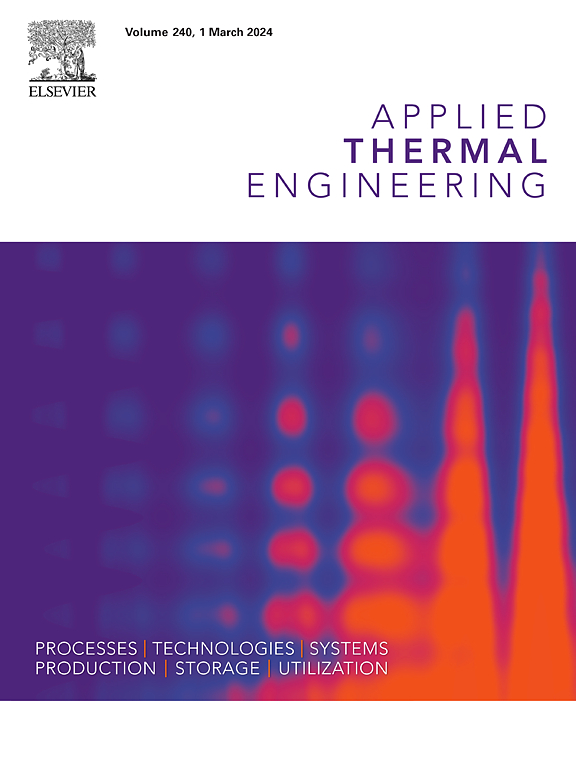Investigation of battery safety states based on thermal propagation and expansion analysis: Experimental studies on different packaging forms
IF 6.1
2区 工程技术
Q2 ENERGY & FUELS
引用次数: 0
Abstract
Lithium-ion batteries are highly susceptible to thermal runaway under harsh conditions, posing significant safety risks for electric vehicles. The differences in thermal runaway propagation across battery systems with varying manufacturing methods (including packaging and internal stacking) and the study of changes in expansion force within battery modules are crucial for improving safety and developing early warning systems for battery systems. This study investigates the thermal runaway and propagation behavior of lithium-ion batteries under various conditions, focusing on state of charge (SOC), internal manufacturing processes (electrode stacking and winding), and packaging types (pouch and prismatic) through a series of novel experiments. The results show that batteries at high SOC levels are at a greater risk of thermal runaway propagation, with winding pouch cells displaying more severe runaway behavior. In contrast, prismatic cells, despite experiencing intense explosions with an equivalent force of up to 42.3 g of TNT, exhibit relatively milder propagation. Furthermore, the study incorporates heat transfer analysis during thermal runaway propagation, identifying key phenomena such as the formation of negative pressure zones before explosions and changes in expansion forces at the module level. Based on these findings, a new safety evaluation method is proposed to assess the risk, hazards, and severity of thermal runaway, offering valuable insights for enhancing battery safety management and fire prevention strategies.
基于热传播和热膨胀分析的电池安全状态调查:不同封装形式的实验研究
锂离子电池在恶劣条件下极易发生热失控,给电动汽车带来极大的安全风险。不同制造方法(包括包装和内部堆叠)的电池系统在热失控传播方面的差异,以及电池模块内部膨胀力变化的研究,对于提高电池系统的安全性和开发早期预警系统至关重要。本研究通过一系列新颖的实验,研究了锂离子电池在不同条件下的热失控和传播行为,重点关注充电状态(SOC)、内部制造工艺(电极堆叠和卷绕)以及包装类型(袋装和棱柱装)。结果表明,电池在高 SOC 水平下发生热失控的风险更大,卷绕袋电池的失控行为更为严重。相比之下,棱柱电池尽管经历了等效于 42.3 克 TNT 的剧烈爆炸,却表现出相对温和的传播。此外,研究还结合了热失控传播过程中的热传导分析,确定了一些关键现象,如爆炸前负压区的形成和模块级膨胀力的变化。基于这些发现,我们提出了一种新的安全评估方法,用于评估热失控的风险、危害和严重程度,为加强电池安全管理和火灾预防策略提供了有价值的见解。
本文章由计算机程序翻译,如有差异,请以英文原文为准。
求助全文
约1分钟内获得全文
求助全文
来源期刊

Applied Thermal Engineering
工程技术-工程:机械
CiteScore
11.30
自引率
15.60%
发文量
1474
审稿时长
57 days
期刊介绍:
Applied Thermal Engineering disseminates novel research related to the design, development and demonstration of components, devices, equipment, technologies and systems involving thermal processes for the production, storage, utilization and conservation of energy, with a focus on engineering application.
The journal publishes high-quality and high-impact Original Research Articles, Review Articles, Short Communications and Letters to the Editor on cutting-edge innovations in research, and recent advances or issues of interest to the thermal engineering community.
 求助内容:
求助内容: 应助结果提醒方式:
应助结果提醒方式:


